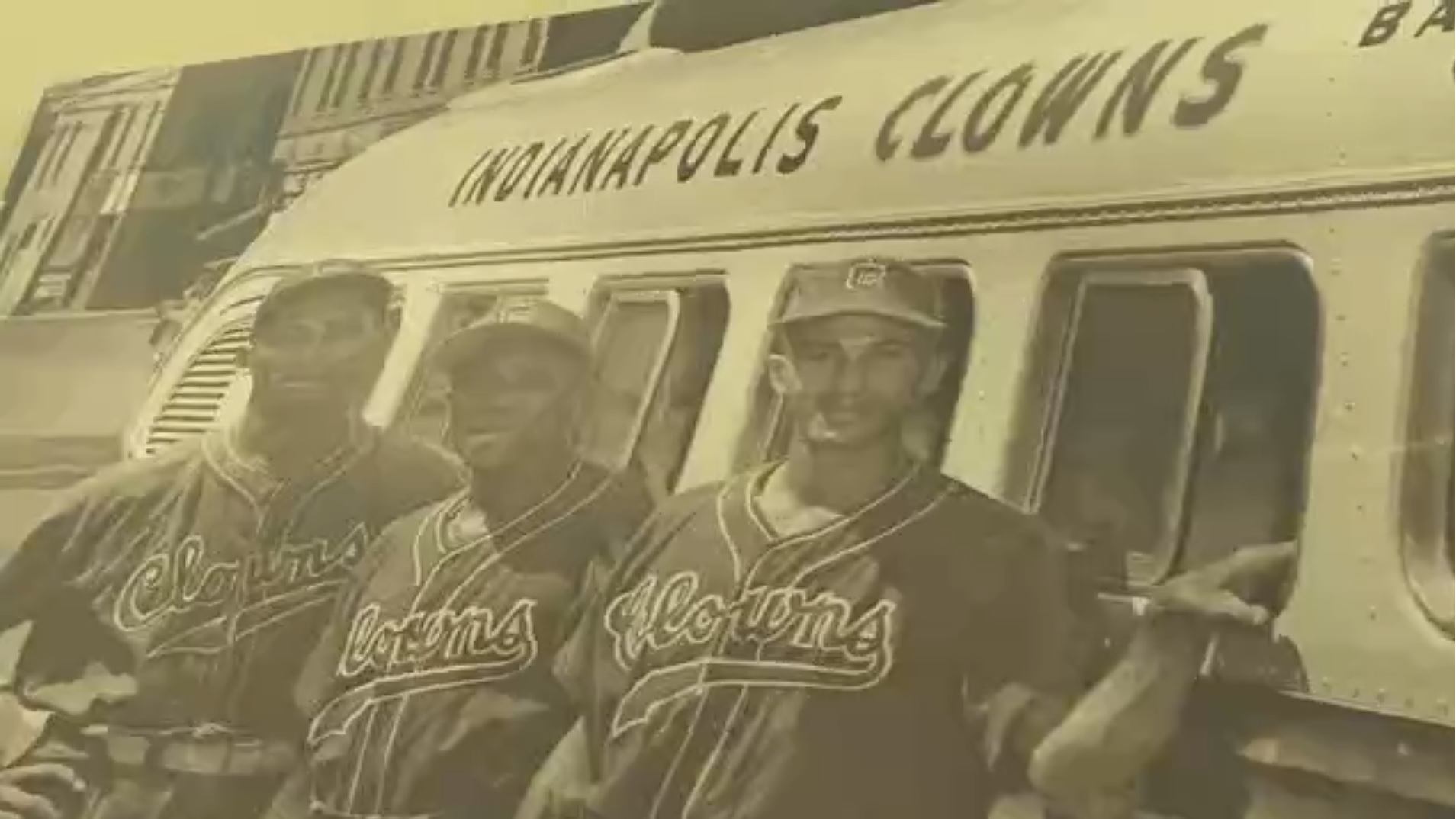The incredible legacy of the Indianapolis Clowns
INDIANAPOLIS (WISH) — Let’s take a trip back in time back to when segregation was law of the land, and Indiana was no stranger to it.
But a group of young African-Americans stood strong and used baseball to send messages of resilience, hope and even humor.
We’re talking about one of Indianapolis’ own Negro League Baseball teams, the Indianapolis Clowns.
News 8 sat down with a historian for an intimate look at what made the baseball team so special and memorable.
Geri Strecker is a Ball State University English professor, but she’s also a historian of Indiana’s black baseball legacy.
“To me, baseball is history,” Strecker explained. “History is a story of American life.”
The pages of that story are all around her. Her apartment building used to be the old Bush Stadium. The Indianapolis Clowns played just steps from her patio.
“I can look out my window and I know the players were out here running the bases,” Strecker explained.
The Indianapolis Clowns first formed in the 1930s as a minstrel show. That’s where the team name came from.
“It was interesting quality baseball, but just as much the clowning, the minstrelsy and the act,” Strecker said.
Things got serious in the 1940s, when the team joined the Negro American League, and eventually called Indianapolis home.
“When they did that, they did it with a vengeance, and dedicated some serious money to it,” Strecker explained. “Between 1950 and 1954, five seasons, they won the Negro American League pennant four times.”
In the early 1950s, the same year the Indianapolis Indians integrated, the Clowns searched for top talent and signed a promising 17-year-old kid to the team
His name? Hank Aaron.
“The fact that that they signed somebody and were able to mature him even within that three months to the point that the Braves paid good money to take him away, that says a lot about the quality of the team,” Strecker explained.
That same decade, the team made history and hired women to take the field. Women like Mamie “Peanut” Johnson and Toni Stone joined the team.
“I’ve talked to a lot of surviving Negro League players and they all have great respect for her as a player,” Strecker explained. “Was she used as a gate draw? Yes. But, she held her own in the field and at the plate.”
According to Strecker, the Clowns didn’t really have a stadium of their own, so they spent the better part of 30 years traveling the country in a bus, doing what’s called barnstorming, where they’d play exhibition games.
They never forgot the reality of where they would play.
“When you’re barnstorming through the Midwest in the 1940s, 50s, and 60s,” Strecker explained. “Indiana, Illinois, you’re facing a lot of racism. A lot of sundown towns, where you would be welcome to play baseball in the afternoon, but when the sun is down, your bus better be out of town or there would be violence.”
By the 1970s, the profits from barnstorming started drying up.
“By the ’70s if you were on the Clowns, you were earning your dinner. You weren’t really making money. Maybe $4 a day for food while you were on the road,” Strecker explained.
The good players were picked up by the minor leagues and the team kept up until 1989.
Strecker said there was a real sense of city-wide pride in the Clowns in decades past. Today, it’s up to us to keep their legacy alive.
“I think the more that the connections and the history comes out, the more we can appreciate what the team meant,” Strecker explained.
And here’s a little bit of trivia for you.
Geri said the 1976 movie, The Bingo Long Traveling All-Stars and Motor Kings, starring James Earl Jones, Billie Dee Williams, and Richard Pryor, was loosely based on the Indianapolis Clowns.
The movie was a box-office success back then.
To learn more about the Indianapolis Clowns from the Indiana Historical Society, click here.
